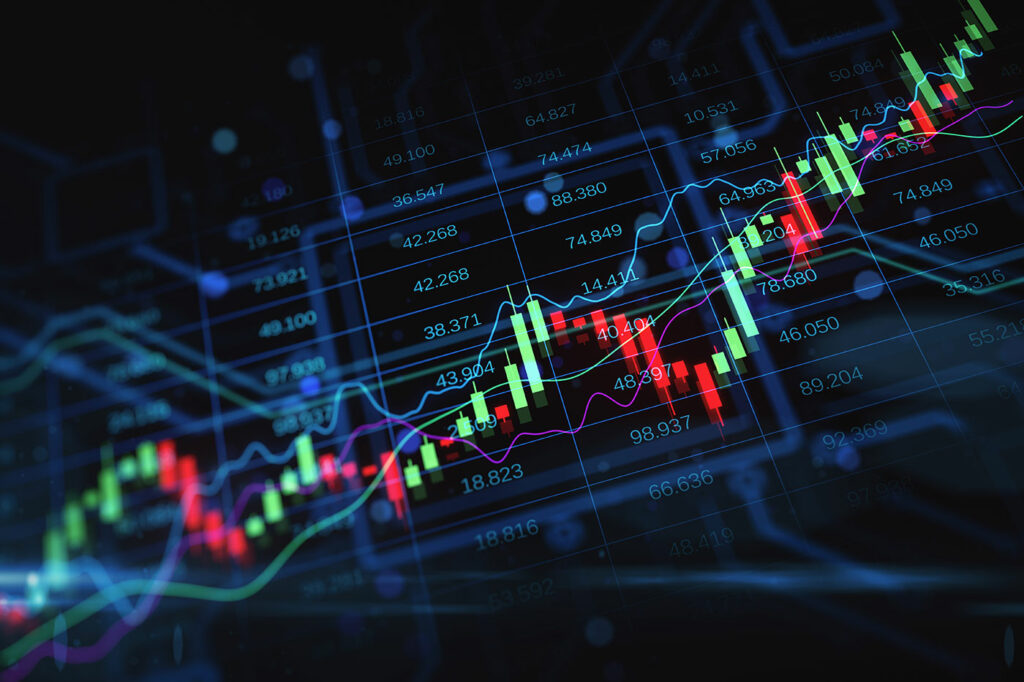

The financial sector seems to be in a constant state of flux as companies seek any possible edge to maximize profits. One recent innovation that has gained major traction is Forex trading bots – algorithmic programs that promise efficient, rapid executions of currency trades. On the surface, these expert advisors sound incredibly handy to have! Yet their rise also prompts important questions about possible risks, their real-world performance compared to hype, and how they might disrupt traditional trading strategies.
The Rise of Forex Trading Bots
Financial markets have implemented various new technologies over the years aiming to speed up trading. We’ve seen electronic platforms emerge and high-frequency trades that utilize powerful computers become more common. Forex bots represent the latest tech chapter – leveraging complex algorithms to digest market data and make autonomous decisions to buy or sell currencies.
Also called expert advisors within the MetaTrader software ecosystem, Forex trading bots are programs with preset parameters that automate trade execution. They can monitor multiple currency pairs at once, spot patterns that may indicate opportunities, and initiate trades without any human oversight. The goal is to simplify and optimize currency trading, but concerns exist about potential pitfalls.
Potential Benefits of Automated Trading
Here are a few benefits of using automation in forex trading:
1. Speed and Efficiency
Unlike human traders, bots can instantly execute technically complex strategies across currency pairs when opportunities arise. This millisecond timing could allow capitalizing on short-term fluctuations.
2. Constant Vigilance
Forex markets operate continuously, so trading bots permit the monitoring of global currency moves around the clock. Helpful for international businesses exposed to exchange rate swings.
3. Disciplined Approach
Bots strictly follow predefined models rather than behaving erratically on emotions like fear or greed. This systematic adherence to signal-based trading rules could improve consistency.
4. Optimization Capabilities
Backtesting on historical data permits fine-tuning bots to optimize strategy parameters and performance ahead of live deployment. A level of precision preparation is challenging for human traders.
Challenges and Risks Associated
Using automation in forex trading is certainly not without its complications. Some of the risks associated with this approach include:
1. Operational Risks
Bots depend on intricate software and continuous connectivity. Glitches from bugs or outages could thus interrupt trading activity and cause financial losses. Firms would need robust contingency plans.
2. Overfitting Models
In chasing maximum profitability, developers may over-tune Forex trading bot parameters to fit past data very precisely. But markets continuously evolve, so such overfitted models degrade when applied to live trading.
3. Market Volatility
Bots use defined logic flows, not human judgment. Sudden volatility or unexpected events can, therefore, confound automated strategies. Firms would need adaptability safeguards.
4. Regulatory Scrutiny
Authorities seek more oversight on algorithmic trading. Lack of transparency or non-compliance with reporting rules could spur fines or sanctions. Keeping policies current poses a challenge.
5. Technology Dependence
Bots require ongoing vendor support for platform access, updates, etc. Disruptions to this external ecosystem could throttle a firm’s trading capacity without warning.
The Role of Human Oversight and Decision-Making
While bots can swiftly act on market data per programmed models, only human strategists can evaluate if those models align with emerging realities. And when volatility spikes, trader judgment may prove more adaptive than even the most advanced algorithm.
Thus, rather than full automation, the ideal setup blends automated trading tools with experienced human supervision. Humans empower bots with strategic directives, assess performance, and intervene when conditions shift. Meanwhile, bots enable people to implement tactics with speed, precision, and minimization of emotional bias.
As the adoption of intelligent algorithms accelerates across finance, establishing two-way trust and transparency between people and technology is crucial. Educating staff on AI alignment, risks, and possibilities will smooth the transition. Firms that embrace the interplay of human and machine strengths in a balanced manner stand to unlock substantial efficiency gains.
Ethical Considerations in Automated Trading
At first glimpse, automated trading appears an ethical minefield – efficient algorithms promise profits yet risk exploding market stability.
Take the rapid pace of high-frequency bots – they enable lightning trades but could also stoke volatility. And the codes behind these sophisticated systems remain shrouded – might they manipulate prices or take advantage of loopholes unconsciously? It’s a formula with too many unknowns.
What’s clear is accountability lags behind. Whether intentional or not, actions shape outcomes – companies employing bots should disclose systems, maintain records, and align codes with fairness.
And while bots enhance operations, their adoption may displace swathes of workers. New skills help but don’t prevent the job churn.
So, an urgent question emerges – how to steer progress responsibly? Automation will continue apace but priorities must shift too – stability, transparency, equality – these matter as much as efficiency. It’s time we guide technology’s rise with ethical innovation.
Conclusion
There’s no denying the allure as AI and quantum computing reshape strategies. Algorithms crunch vast data, detect subtle patterns, and optimize decisions – all at lightning speed. Returns could abound, and risks minimized under their calculus.
Yet their complexity conceals caveats too. Codes inventoried for efficiency may overlook stability. And incomplete formulas plus unpredictable markets kindle volatility as regulations lag behind.
So, while bots augment analysis, judgment remains essential. Oversight, accountability, ethics – these topics matter despite dazzling technologies. And as displacements ripple through workforces, responsible adoption includes equipping people with new skills.
In the end, potential and principles go hand in hand. Thoughtful innovation – not just maximal automation – paves the wisest way forward. There are always human values worth preserving, even amidst digital transformation. Progress should lift all – not override the best of us.
